An update from Lucie Handley-Girard and the Family Camera Network
Welcome to The ArQuives phase of the Family Camera Network. I am the Digital Archivist for The ArQuives iteration of this project, and I wanted to introduce you to the important and wonderful work that the project’s investigators are doing. 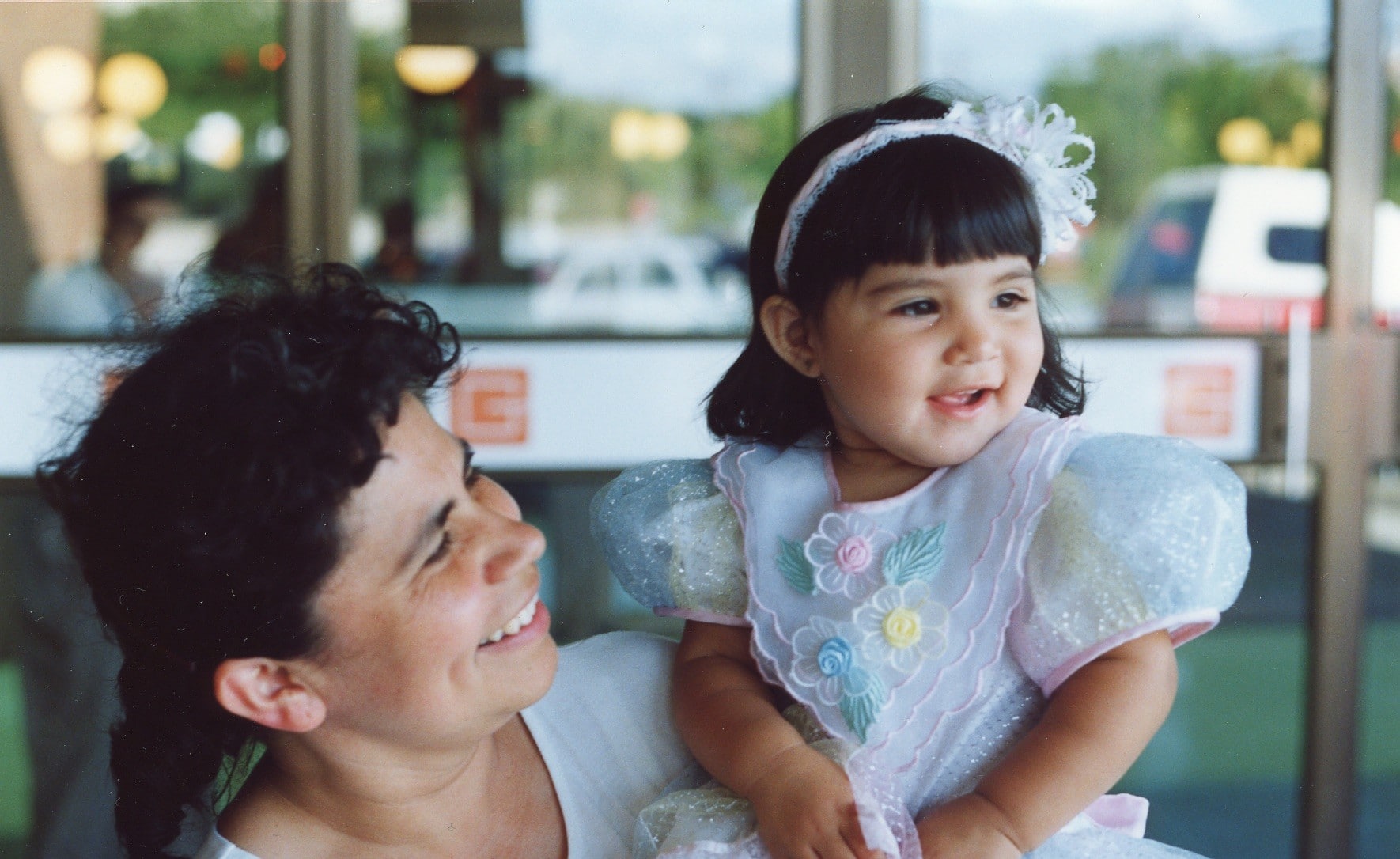 The Family Camera Network is a group of about 20 scholars and community members researching the meaning of family photographs, with Prof. Thy Phu as Principal Investigator. The project is guided by our interest in the place family photographs occupy within the contexts of migration, refugee experience, family reunification, and transnational adoption. This phase of the project will find an archival home at The ArQuives. We are interested in these topics as well, but specifically how they manifest through a queer and/or trans lens. The project is based around collecting family photos and taking oral histories from participants to establish a resource for future generations of researchers and the public alike.
The Family Camera Network is a group of about 20 scholars and community members researching the meaning of family photographs, with Prof. Thy Phu as Principal Investigator. The project is guided by our interest in the place family photographs occupy within the contexts of migration, refugee experience, family reunification, and transnational adoption. This phase of the project will find an archival home at The ArQuives. We are interested in these topics as well, but specifically how they manifest through a queer and/or trans lens. The project is based around collecting family photos and taking oral histories from participants to establish a resource for future generations of researchers and the public alike.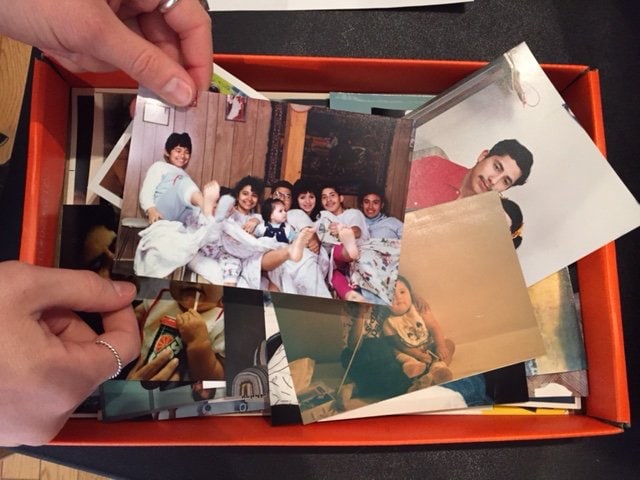 Family photographs play important roles in our lives, yet we don’t often think of them as historically significant within a larger context. They haven’t really been collected for the purposes of formal study or memory formation. The Family Camera Network feels it is important to fill this void in our collective histories! Our activities so far have resulted in our first exhibition entitled “The Family Camera”, currently on display at the ROM and the Art Gallery of Mississauga. The concept of ‘family’ within the Family Camera Network takes many forms. During The ArQuives phase of the project, family is being defined as broadly as the LGBTQ2+ community participants conceive it to be for themselves. In Canada our understanding of family continues to proliferate with various types of family structures, partnerships, and marriages, transnational adoptions, or dislocations due to migration. Our family photos trace these expansions in unique and important ways.
Family photographs play important roles in our lives, yet we don’t often think of them as historically significant within a larger context. They haven’t really been collected for the purposes of formal study or memory formation. The Family Camera Network feels it is important to fill this void in our collective histories! Our activities so far have resulted in our first exhibition entitled “The Family Camera”, currently on display at the ROM and the Art Gallery of Mississauga. The concept of ‘family’ within the Family Camera Network takes many forms. During The ArQuives phase of the project, family is being defined as broadly as the LGBTQ2+ community participants conceive it to be for themselves. In Canada our understanding of family continues to proliferate with various types of family structures, partnerships, and marriages, transnational adoptions, or dislocations due to migration. Our family photos trace these expansions in unique and important ways. 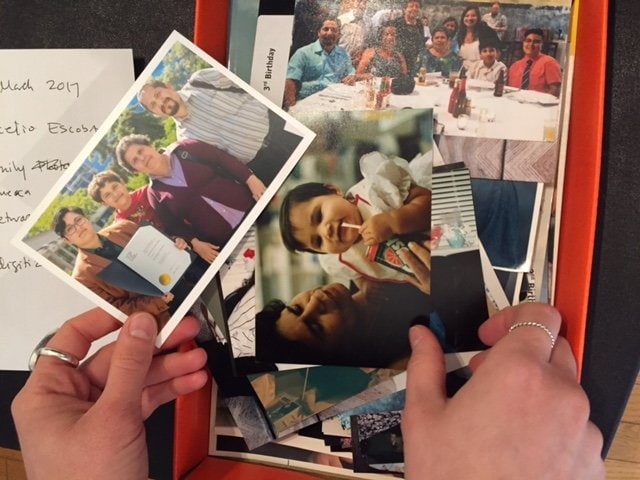 Heading The ArQuives phase of the project is Dr. Elspeth Brown who is also a Director on The ArQuives board. Elspeth’s work focusses on cultural history, the theory of photography, along with queer and trans history. As an Investigator for this project Elspeth wears many hats, and is currently in the process of collecting videotaped oral histories from our participants as they discuss their photographs. As Digital Archivist it is my job to archive these photos, video, and any other records generated from the project, in order for them to be preserved and made accessible for researchers. Most recently I have been working with the records of Cecilio Escobar. Cecilio is a trans man who grew up in Mississauga. His family migrated to Canada from El Salvador before he was born. Cecilio is also a filmmaker and documented his top surgery this past year. He tells his story through his family photos, video diaries, photos of his chosen family, and his son also known as Percy, his cat.
Heading The ArQuives phase of the project is Dr. Elspeth Brown who is also a Director on The ArQuives board. Elspeth’s work focusses on cultural history, the theory of photography, along with queer and trans history. As an Investigator for this project Elspeth wears many hats, and is currently in the process of collecting videotaped oral histories from our participants as they discuss their photographs. As Digital Archivist it is my job to archive these photos, video, and any other records generated from the project, in order for them to be preserved and made accessible for researchers. Most recently I have been working with the records of Cecilio Escobar. Cecilio is a trans man who grew up in Mississauga. His family migrated to Canada from El Salvador before he was born. Cecilio is also a filmmaker and documented his top surgery this past year. He tells his story through his family photos, video diaries, photos of his chosen family, and his son also known as Percy, his cat. 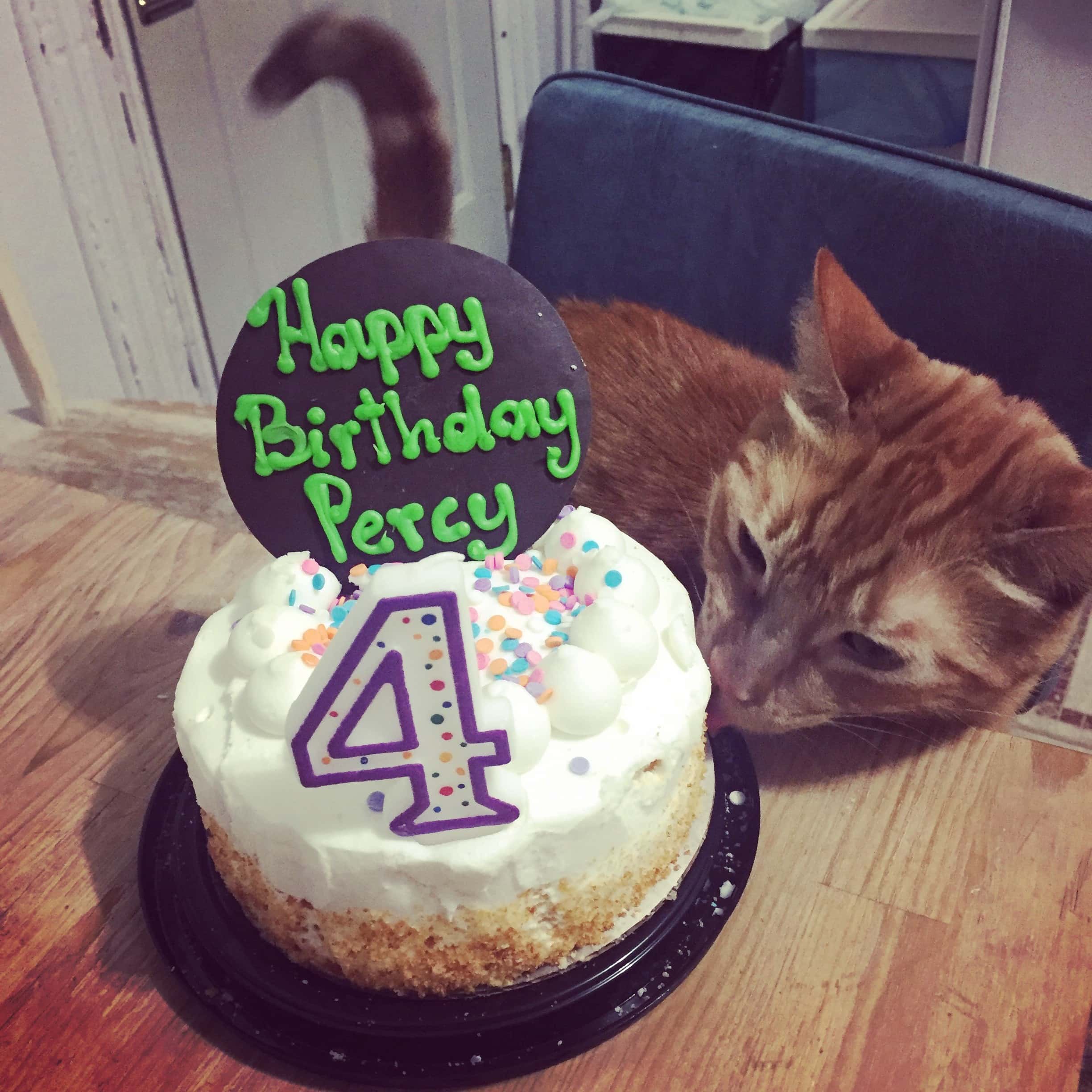 Cecilio visited the archives to do some photo naming. Photo naming is a handy trick archivists use with donors to put names to faces for historical purposes, and to fill in metadata. It simply means getting donors to write names on photocopies of photos. This process itself is sometimes interesting, because donors often start recalling details about the photos not discussed before. It was great to witness Cecilio’s process in this. He had to call his Mom for help with his Aunt’s real names – because he only knew them by their family nicknames, and what he calls them. Even through the Spanish phone call you could hear he was being teased by his Mom as she spelled them out over the phone. Whether snapshots or more formal, family photos help represent the stories of individuals within communities. Archiving these photos help depict the layers, the traces, the facets of our existence, which is my favourite part about being an archivist – uncovering the layers of paper, to reveal the layers of meaning. Capturing what may be perceived as historically mundane or ordinary is important to archival work. It holds, arguably just as much value to someone as the so-called extraordinary does.
Cecilio visited the archives to do some photo naming. Photo naming is a handy trick archivists use with donors to put names to faces for historical purposes, and to fill in metadata. It simply means getting donors to write names on photocopies of photos. This process itself is sometimes interesting, because donors often start recalling details about the photos not discussed before. It was great to witness Cecilio’s process in this. He had to call his Mom for help with his Aunt’s real names – because he only knew them by their family nicknames, and what he calls them. Even through the Spanish phone call you could hear he was being teased by his Mom as she spelled them out over the phone. Whether snapshots or more formal, family photos help represent the stories of individuals within communities. Archiving these photos help depict the layers, the traces, the facets of our existence, which is my favourite part about being an archivist – uncovering the layers of paper, to reveal the layers of meaning. Capturing what may be perceived as historically mundane or ordinary is important to archival work. It holds, arguably just as much value to someone as the so-called extraordinary does.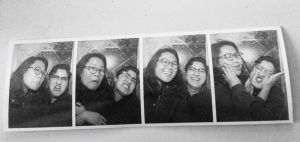 Despite spanning a variety of eras, geographies, and family structures the photos collected so far all exemplify certain similarities while telling their individual stories. Whether chosen and/or biological an obvious family undercurrent is that of love. Love in all its complexity. The mundanity of the kitchen snapshot, or that photo your big sister made you pose for at Zellers in 1982. We come together in June for Pride to illustrate love and all its splendor. We also come together for photos.
Despite spanning a variety of eras, geographies, and family structures the photos collected so far all exemplify certain similarities while telling their individual stories. Whether chosen and/or biological an obvious family undercurrent is that of love. Love in all its complexity. The mundanity of the kitchen snapshot, or that photo your big sister made you pose for at Zellers in 1982. We come together in June for Pride to illustrate love and all its splendor. We also come together for photos. 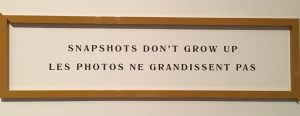
The ArQuives phase of the Family Camera Network is ramping up its collecting and interviews with participants. If you would like to participate please email info@familycameranetwork.org.
To learn more about the project, check out the Family Camera Network.
If you would like to experience the first (and ongoing) phase of the project, exhibitions are currently on display at the Royal Ontario Museum and the Art Gallery of Mississauga.
All photos pictured are courtesy of Cecilio Escobar, with the exception of Snapshots Don’t Grow Up, which was taken at the ROM’s exhibition.
